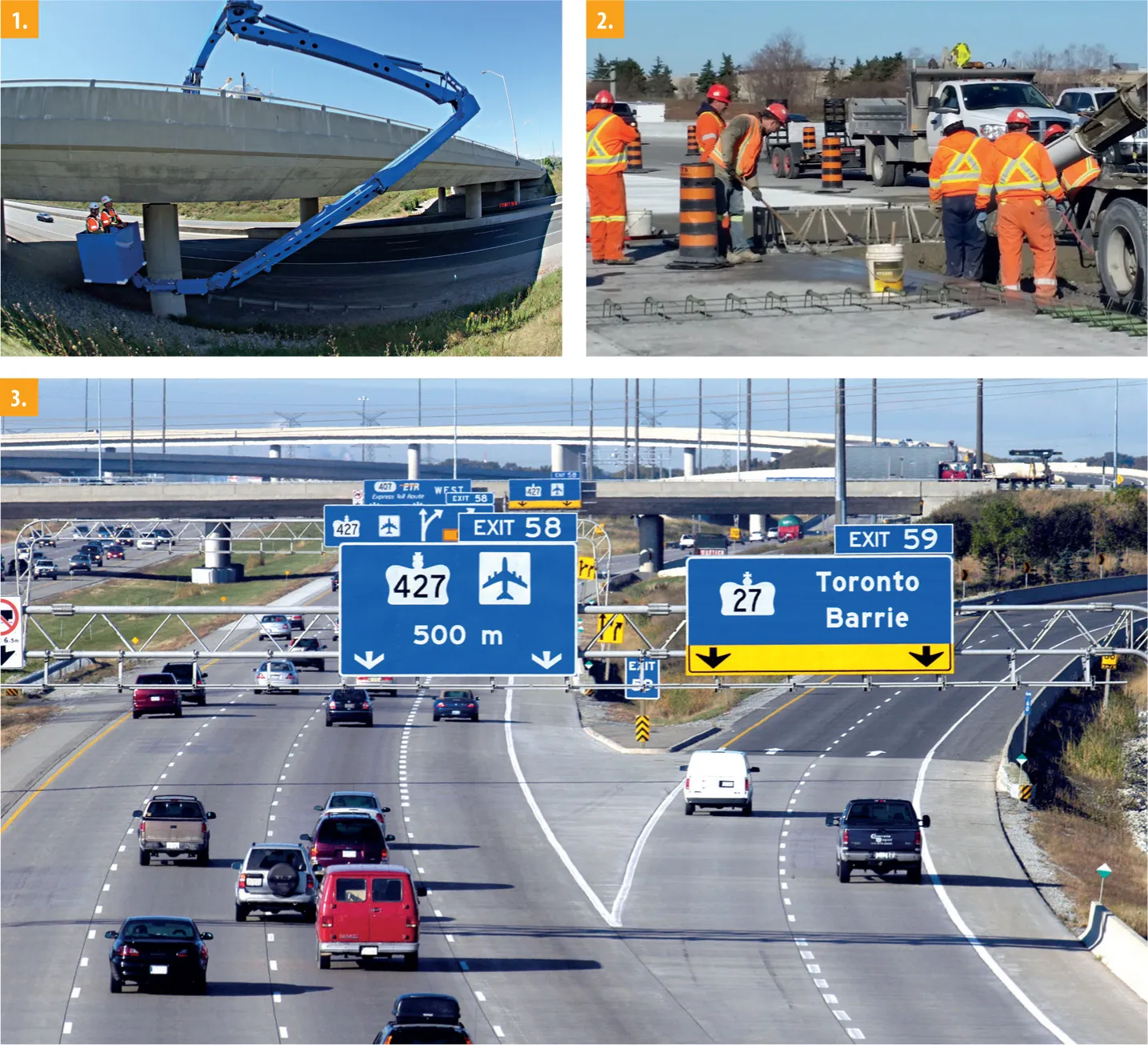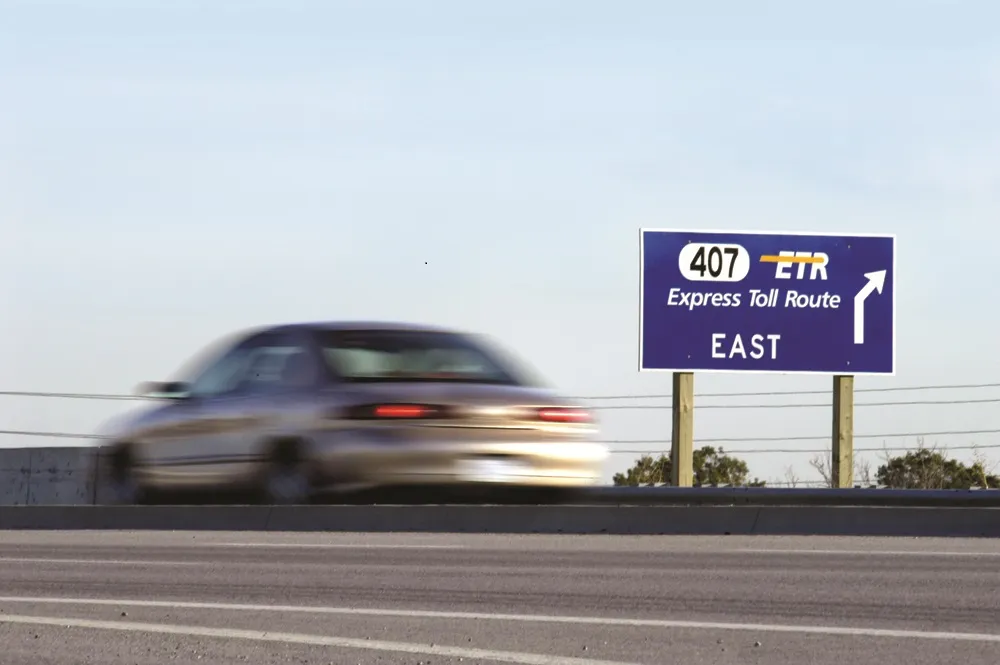Motorway operator Autopista Central de Chile (AC) has applied to the Ministry of Public Works to make improvements worth around US$340 million to the Autopista Central system in the capital Santiago.
Improvements are scheduled for the Quilicura area. AC will present an environmental impact and engineering study this summer to the ministry. Much of the work will take place at night time to avoid traffic disruption.
Autopista Central consists of two highways, the westernmost of which branches off from t
June 18, 2015
Read time: 2 mins
Motorway operator Autopista Central de Chile (AC) has applied to the Ministry of Public Works to make improvements worth around US$340 million to the Autopista Central system in the capital Santiago.
Improvements are scheduled for the Quilicura area. AC will present an environmental impact and engineering study this summer to the ministry. Much of the work will take place at night time to avoid traffic disruption.
Autopista Central consists of two highways, the westernmost of which branches off from the main highway close to the easternmost portion of Cerro Renca. This 21km auxiliary highway bypasses downtown Santiago. The two highways rejoin at Las Acacias Street in San Bernardo.
The AC is a 61km free-flow multi-lane toll highway that runs north to south through Santiago. According to information from2296 Skanska, part of the consortia to construct and run AC, on average 150,000 vehicles use the route daily and are tracked by a virtual tolling system.
In 2000 the Chilean government awarded Skanska and other partners which formed the AC concession company that invested US$181 million for the 30-year concession. The six-lane road includes 106 bridges, 28km of concrete walls and 2,636m of cut- and cover-tunnels. It is a part of the Pan American corridor linking Chile with South American countries along the Pacific coast.
The Special Purpose Vehicle Autopista Central de Chile became fully operational in 2006 and is part of an integrated system of five highway concessions that have been awarded to private sector consortia.
But in 2010 Skanska sold its 50% share in AC to Alberta Investment Management Corporation (AIMCo) for $662 million. AIMCo is based in the city of Edmonton and is one of Canada's largest institutional management firms, managing funds on behalf of the Canada’s Province of Alberta.
Improvements are scheduled for the Quilicura area. AC will present an environmental impact and engineering study this summer to the ministry. Much of the work will take place at night time to avoid traffic disruption.
Autopista Central consists of two highways, the westernmost of which branches off from the main highway close to the easternmost portion of Cerro Renca. This 21km auxiliary highway bypasses downtown Santiago. The two highways rejoin at Las Acacias Street in San Bernardo.
The AC is a 61km free-flow multi-lane toll highway that runs north to south through Santiago. According to information from
In 2000 the Chilean government awarded Skanska and other partners which formed the AC concession company that invested US$181 million for the 30-year concession. The six-lane road includes 106 bridges, 28km of concrete walls and 2,636m of cut- and cover-tunnels. It is a part of the Pan American corridor linking Chile with South American countries along the Pacific coast.
The Special Purpose Vehicle Autopista Central de Chile became fully operational in 2006 and is part of an integrated system of five highway concessions that have been awarded to private sector consortia.
But in 2010 Skanska sold its 50% share in AC to Alberta Investment Management Corporation (AIMCo) for $662 million. AIMCo is based in the city of Edmonton and is one of Canada's largest institutional management firms, managing funds on behalf of the Canada’s Province of Alberta.








